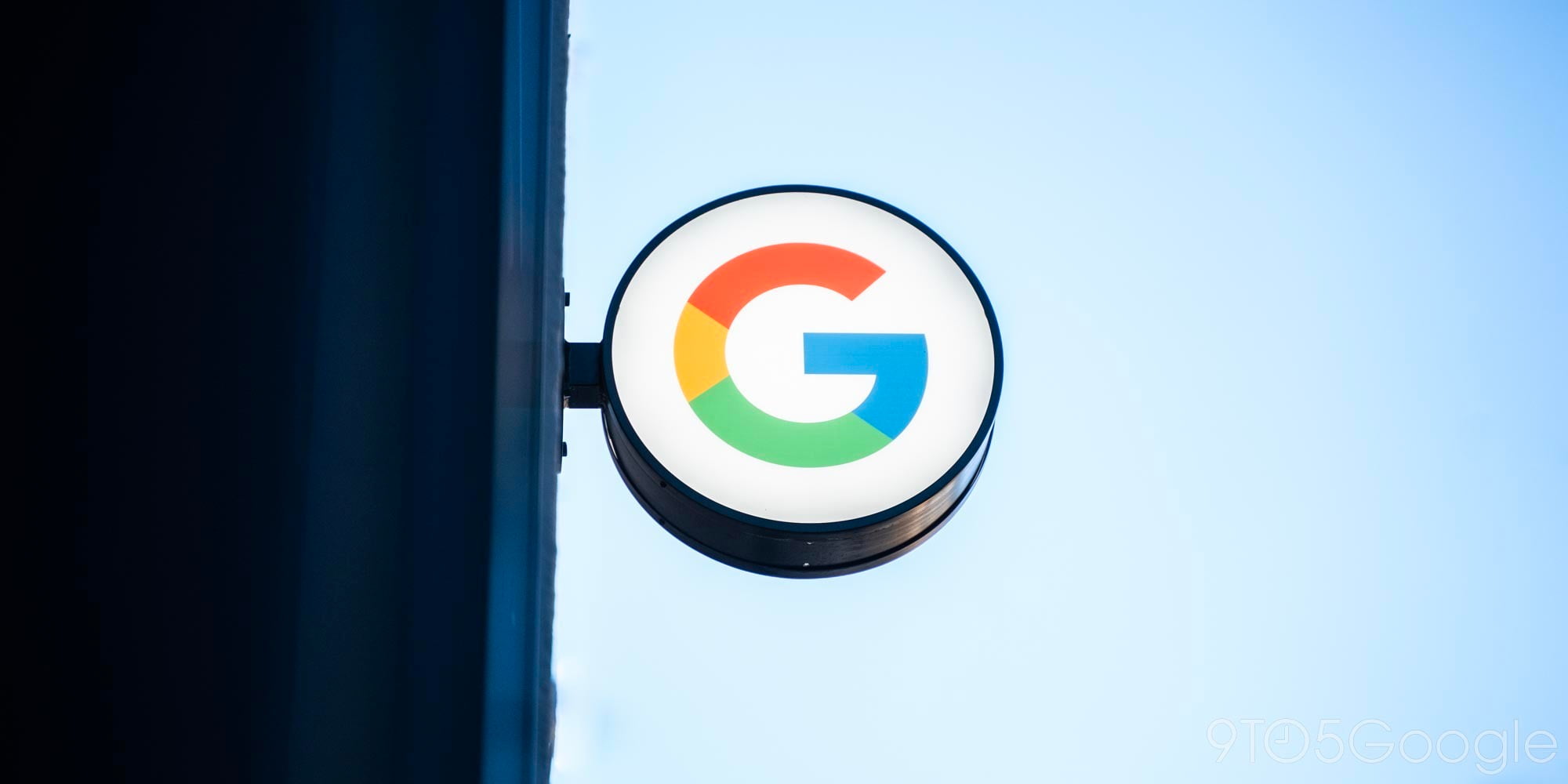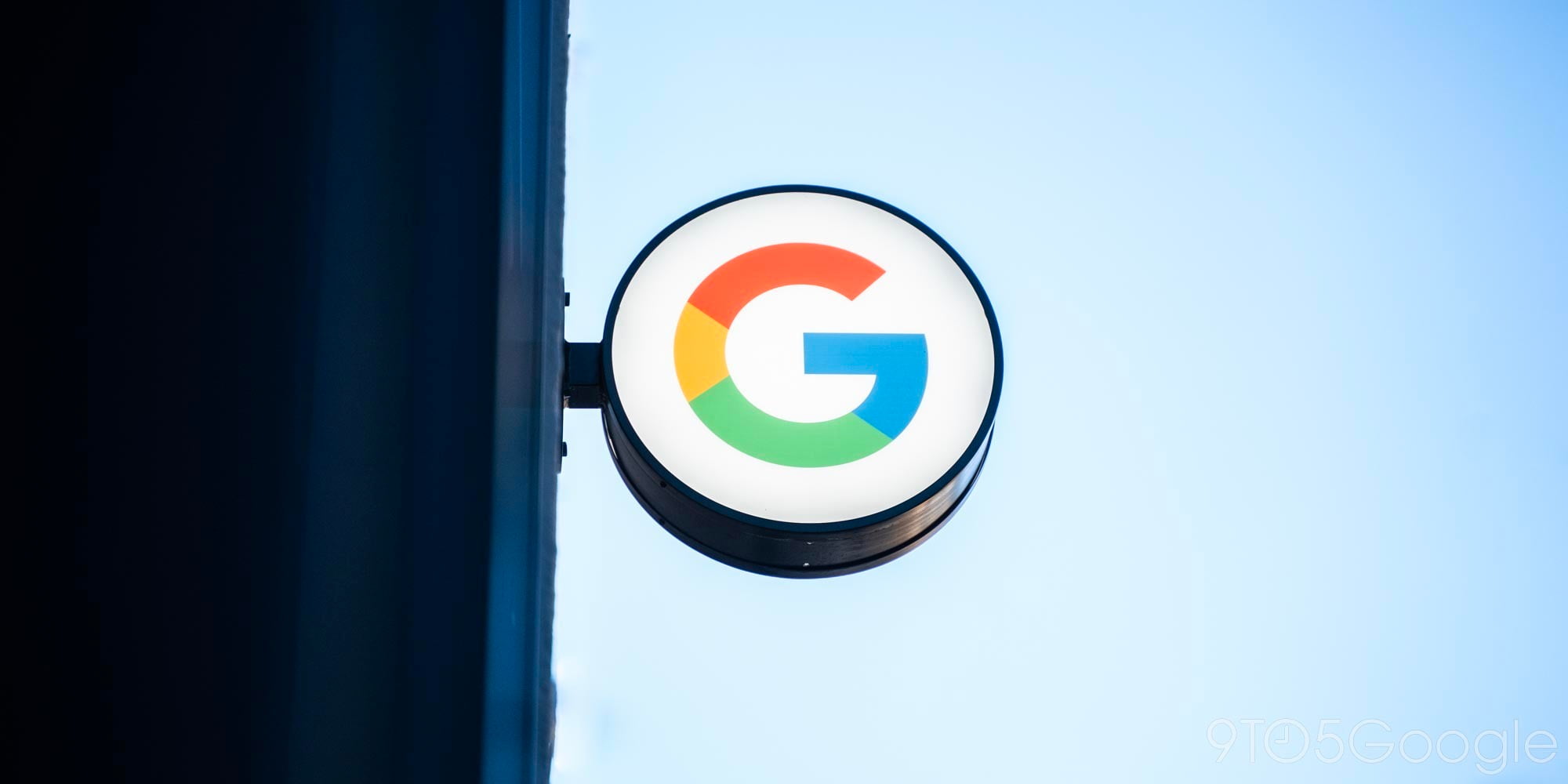
From Apple to Facebook, creating a healthier relationship with technology is a big trend in 2018. Google’s approach is called “Digital Wellbeing,” with the first features announced at I/O in May and Android set to receive them this fall. With the launch of Android 9 Pie today, Google released a beta for Pixel and Pixel 2 users and we’ve had some time to play with the features.
Joining YouTube and Google Calendar, Android’s management features are located in Settings under a new “Digital Wellbeing” section. Users currently have to manually sign up by joining a beta, but the features will eventually be pushed out to all Pie devices.
Users are first greeted with a daily overview that notes how many hours they’ve used their phone. A circular pie graph breaks down usage by app, while stats for device unlocks and received notifications are below. Tapping a specific app on the graph will open a more detailed view.
There are two “Ways to disconnect” with Dashboard providing a more granular usage breakdown and Wind Down mode bringing together grayscale, Do Not Disturb, and Night Light.
Dashboard
A graph at the top of Dashboard provides a day-to-day comparison of phone usage with metrics like Screen time, Notifications received, and Times opened. Users can apply each data point to a specific app with corresponding daily and hourly graphs. With today’s beta, data going back one week is available and populated.
Screen time provides a cumulative measure of how many minutes (or hours) an app is actively being displayed, while Time opened is how often users access that app. Along with Notifications received, the metric for Time opened is a straightforward count. At the top of the screen, you can easily switch between the three metrics when viewing the daily summary or details for a single app.
On the individual app page, third-party developers are able to add deep links into their own Digital Wellbeing sections. For example, YouTube’s features a button to “Open app dashboard,” though the “Time watched” functionality is not yet available. Services with apps that have multiple components, like YouTube, might find it useful to separate out when users are actually consuming a video versus time spent browsing or messaging with built-in social features.
App Timer
For users with self-control issues, the App Timer imposes a daily restriction on how long an app is accessible. A picker allows users to select periods from 5 minutes to 23 hours and 55 minutes. The count resets at midnight, with users receiving “nudges” that remind them if they are close to meeting the deadline.
Once that limit is met, a pop-up notification notes that the “App paused,” with the launcher icon grayed out. Tapping the icon will surface another prompt that notes how the “App isn’t available” because “your app timer ran out.” Tapping “Learn more” returns you to an app’s Digital Wellbeing page with setting “No timer” re-enabling access.
The barrier to turning an app timer off is minimal, but the prompts alone might be useful and enough to discourage usage for those who are serious about Digital Wellbeing. Timers cannot be set for important system apps, like Google Play, Phone, and Settings.
Wind Down
This mode encompasses several existing features and brings them together in a unified interface. At the top of this page, you can set what time Wind Down starts and ends.
You’ve long been able to set Do Not Disturb to invoke automatically, but in Android Pie it hides all visual interruptions, including notifications in the status bar. At I/O, Google even touted the ability to flip a Pixel over and have DND automatically turn on.
The ability to grayscale your screen isn’t a new feature, but previously required enabling Developer Options. As part of Digital Wellbeing, it’s just a simple toggle that can automatically be invoked at a set time within Wind Down. The theory is that people are more likely to put down their phones if the display is a boring black and white. I’ve found this to be very true, and works well in conjunction with the existing “Night Light” feature to first tint your screen to an amber hue.
However, one of the more exiting features that is not yet available applies to devices with always-on displays. The ability to “Keep screen off” during Wind Down effectively disable the AOD at set periods instead of keeping it on all night. For other devices, it won’t “light up or show notifications.” This feature is not yet live on Developer Preview 5 of Android P.
- Coming soon
In beta
Digital Wellbeing is still in beta and it shows. Compared to screenshots that Google shared at I/O 2018 or just this morning, the interface isn’t fully fleshed out. Meanwhile, certain features — especially in Wind Down — aren’t available yet. I’ve already encountered some bugs in regards to data not properly populating.
Going into Digital Wellbeing, the Dashboard and its statistical insight seemed to the be most promising feature. However, I’ve found that honor instead going to Wind Down for bringing together existing Android features in a simple, straightforward interface. It will be really beneficial for the average users that does not want to hunt and peck through Android settings to make their phone easier to use.
This is a promising start for Digital Wellbeing on Android, but it needs more polish and extra features will help adoption. If you have a Pixel or Pixel 2, be sure to check out our guide on how to sign-up for the beta.
FTC: We use income earning auto affiliate links. More.



Comments